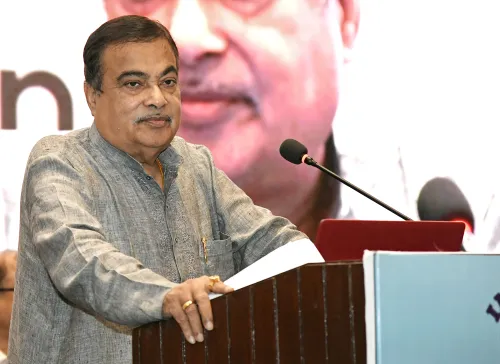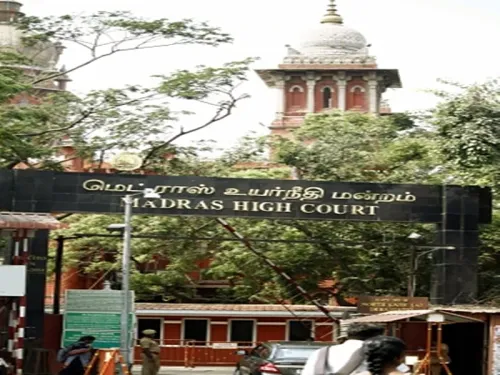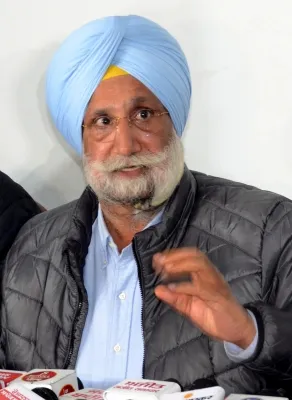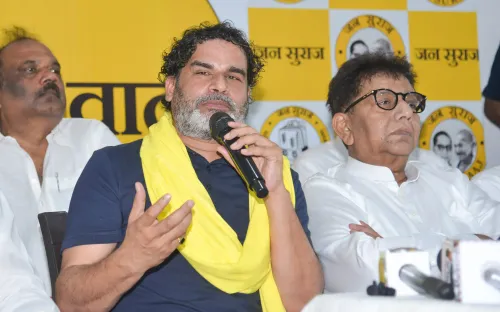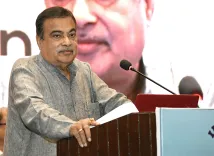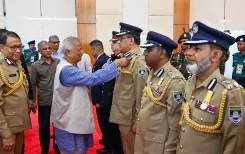Is India Strengthening Its Energy Infrastructure for Self-Reliance?
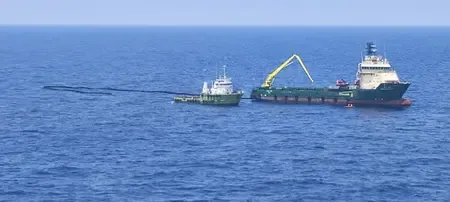
Synopsis
Key Takeaways
- India is focusing on enhancing energy infrastructure for self-reliance.
- 67 million people rely on India's energy network daily.
- 172 oil and gas discoveries since 2015.
- ONGC and OIL are exploring the Andaman ultra-deepwater region.
- 20% ethanol blending achieved with petrol by 2025.
New Delhi, Aug 17 (NationPress) The Minister of Petroleum and Natural Gas, Hardeep Singh Puri, announced on Sunday that India is energizing its pursuit of energy security by concentrating on enhancing and expanding its energy infrastructure.
For a developing India, true independence entails securing energy resources for consumers, as highlighted by the minister in a post on X.
Puri pointed out that 67 million individuals rely on India’s energy network daily, positioning the nation as the third-largest energy consumer globally.
Since 2015, 172 oil and gas discoveries have been made, paving the way for self-sufficiency in the energy sector, with 62 of these discoveries occurring in offshore areas. He previously underscored the geological importance of the Andaman and Nicobar Basin.
The region has drawn renewed global attention due to significant gas finds in South Andaman offshore Indonesia, emphasizing the geological continuity throughout the area, according to the minister.
In a notable advancement, ONGC and Oil India Ltd (OIL) have embarked on an ambitious exploration initiative in the Andaman ultra-deepwater region. For the first time, drilling efforts are targeting depths reaching 5,000 metres. A wildcat well, ANDW-7, drilled in a carbonate play in the East Andaman Back Arc region, has provided promising geological insights, revealing traces of light crude and condensate in cutting samples and heavy hydrocarbons such as C-5 neo-pentane in trip gases.
These discoveries mark the first confirmation of an active thermogenic petroleum system in the region, comparable to systems in Myanmar and north Sumatra. Although commercial reserves have yet to be quantified, this initiative has confirmed the presence of a functioning petroleum system and established a foundation for concentrated exploration in the area, the minister asserted.
Providing a summary of exploration results thus far, the minister revealed that ONGC has made hydrocarbon discoveries in 20 blocks, estimating reserves at 75 million metric tonnes of oil equivalent (MMTOE). Meanwhile, Oil India Ltd has made seven oil and gas discoveries over the past four years, estimating reserves at 9.8 million barrels of oil and 2,706.3 million standard cubic meters of gas.
“The vision of Prime Minister Narendra Modi is propelling India’s energy security through resilience, with over $1.3 billion invested in the upstream sector to enhance oil exploration and production,” Puri stated in Parliament recently.
The Petroleum Minister also noted that nearly 20 percent ethanol blending with petrol has been achieved in 2025, a substantial increase from 1.53 percent in 2014. This milestone has resulted in Rs 1.4 lakh crore in foreign exchange savings, replacing 238 lakh metric tonnes of crude oil, reducing 717 lakh metric tonnes in CO2 emissions, and providing direct payments of Rs 1.21 lakh crore to farmers.
Farmers have benefited as sugar mills producing ethanol can now afford to offer higher prices for sugarcane and settle outstanding dues promptly.

